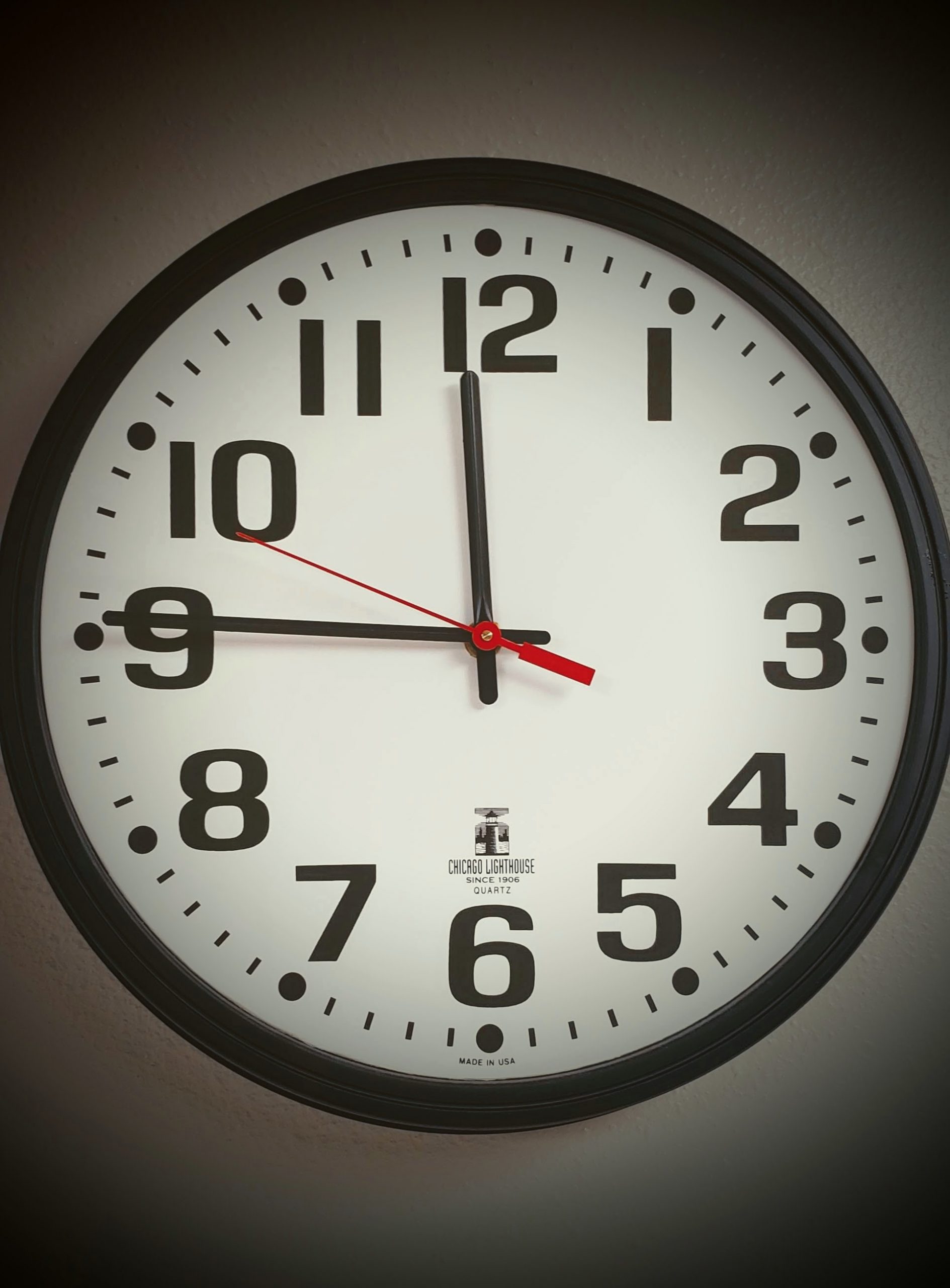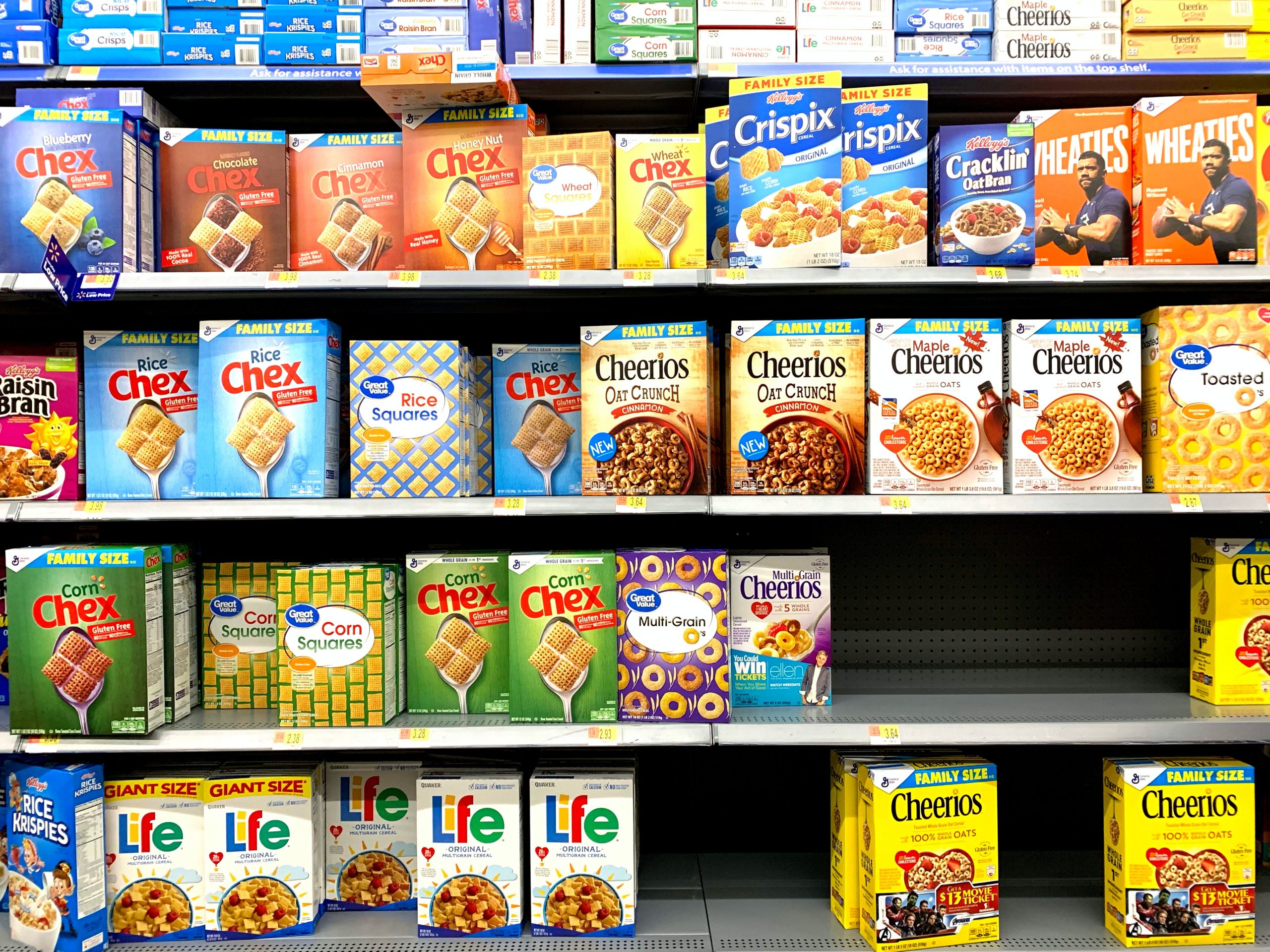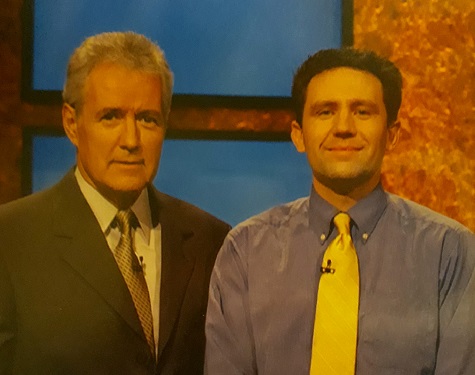Module 10: Ratios, Rates, Proportions
Ratios & Rates
A ratio is the quotient of two numbers or the quotient of two quantities with the same units.
When writing a ratio as a fraction, the first quantity is the numerator and the second quantity is the denominator.
Exercises
1. Find the ratio of ![]() minutes to
minutes to ![]() hours. Simplify the fraction, if possible.
hours. Simplify the fraction, if possible.

A rate is the quotient of two quantities with different units. You must include the units.
When writing a rate as a fraction, the first quantity is the numerator and the second quantity is the denominator. Simplify the fraction, if possible. Include the units in the fraction.
Exercises
2. A car travels ![]() miles in
miles in ![]() hours. Write the rate as a fraction.
hours. Write the rate as a fraction.
A unit rate has a denominator of ![]() . If necessary, divide the numerator by the denominator and express the rate as a mixed number or decimal.
. If necessary, divide the numerator by the denominator and express the rate as a mixed number or decimal.
Exercises
3. A car travels ![]() miles in
miles in ![]() hours. Write as a unit rate.
hours. Write as a unit rate.
A unit price is a rate with the price in the numerator and a denominator equal to ![]() . The unit price tells the cost of one unit or one item. You can also simply divide the cost by the size or number of items.
. The unit price tells the cost of one unit or one item. You can also simply divide the cost by the size or number of items.
Exercises
4. An ![]() -ounce box of cereal costs $
-ounce box of cereal costs $ ![]() . Find the unit price.
. Find the unit price.
5. A ![]() -ounce box of cereal costs $
-ounce box of cereal costs $ ![]() . Find the unit price.
. Find the unit price.
6. Which box has a lower unit price?

Proportions
A proportion says that two ratios (or rates) are equal.
Exercises
Determine whether each proportion is true or false by simplifying each fraction.
7. ![]()
8. ![]()
A common method of determining whether a proportion is true or false is called cross-multiplying or finding the cross products. We multiply diagonally across the equal sign. In a true proportion, the cross products are equal.
Exercises
Determine whether each proportion is true or false by cross-multiplying.
9. ![]()
10. ![]()
11. ![]()
12. ![]()
As we saw in a previous module, we can use a variable to stand for a missing number. If a proportion has a missing number, we can use cross multiplication to solve for the missing number. This is as close to algebra as we get in this textbook.
To solve a proportion for a variable:
- Set the cross products equal to form an equation of the form
 .
. - Isolate the variable by rewriting the multiplication equation as a division equation.
- Check the solution by substituting the answer into the original proportion and finding the cross products.
You may discover slightly different methods that you prefer.[1] If you think “Hey, can’t I do this a different way?”, you may be correct.
Exercises
Solve for the variable.
13. ![]()
14. ![]()
15. ![]()
16. ![]()
17. ![]()
18. ![]() (calculator recommended)
(calculator recommended)
Problems that involve rates, ratios, scale models, etc. can be solved with proportions. When solving a real-world problem using a proportion, be consistent with the units.
Exercises
19. Tonisha drove her car ![]() miles and used
miles and used ![]() gallons of gas. At this rate, how far could she drive using
gallons of gas. At this rate, how far could she drive using ![]() gallons of gas?
gallons of gas?
20. Marcus worked ![]() hours and earned $
hours and earned $ ![]() . At the same rate of pay, how long would he have to work to earn $
. At the same rate of pay, how long would he have to work to earn $ ![]() ?
?
21. A picture of your author appearing on Jeopardy! that is ![]() pixels high and
pixels high and ![]() pixels wide needs to be reduced in size so that it is
pixels wide needs to be reduced in size so that it is ![]() pixels high. If the height and width are kept proportional, what is the width of the picture after it has been reduced?
pixels high. If the height and width are kept proportional, what is the width of the picture after it has been reduced?


- The steps in the box are designed to avoid mentioning the algebraic step of dividing both sides of the equation by a number. If you are comfortable with basic algebra, then you would phrase step 2 differently. ↵

